/ per pack
Choose seeds per pack:
Botanical nomenclature: Euphrasia rostkoviana
Common name: Euphrasia officinalis, Eyebright, Eyewort, Large-Flowered Sticky Eyebright, Comfort of Sight
Family: orobanchaceae
Origin: russia
Height: 50 – 60 cm
Brightness: full sun, partial shading
Flowering: white and lilac
Euphrasia rostkoviana (synonym euphrasia officinalis), is a semi-parasitic plant (it contains chlorophyll, but obtains water and minerals from its host) in grasses and other plants, its common name refers to the use of the plant in the treatment of eye infections, which it usually comes in the form of a compress and eye drops.
The species generally grows in alpine and sub-alpine meadows and, together with grasses
The name euphrasia is derived from the Greek euphrosyne, who was one of the goddesses of the three destinations and was known for her joy and youthfulness. Although known to the ancient Greeks, it was only in the 14th century that it was then mentioned as a cure for all ills of the eye. It is then considered one of the main plants used in eye disorders in general and mainly to relieve conjunctivitis and blepharitis.
Its medicinal properties are reported far beyond vision, such as astringent, analgesic, anesthetic, antiallergic, antispasmodic, anti-inflammatory, treatment of sinusitis and ear congestion, healing, among others.
The parts of the plant used include the leaves, the stem and the flowers. The leaves are also used in cooking.
Its flowers have the lower petal in the shape of a lip and are white, dotted with lilac and the yellow brush strokes act as a guide for pollinating insects.
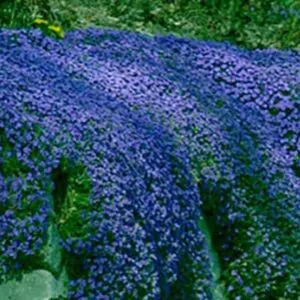
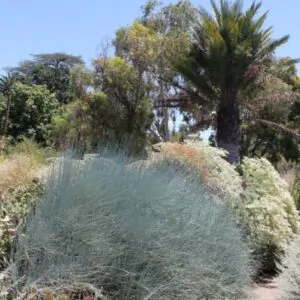
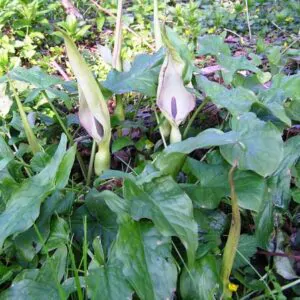
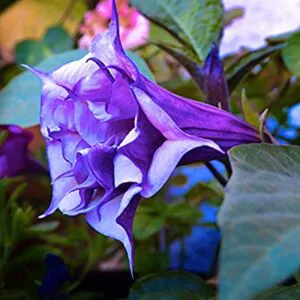
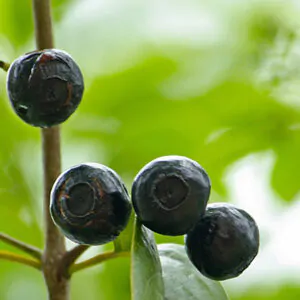
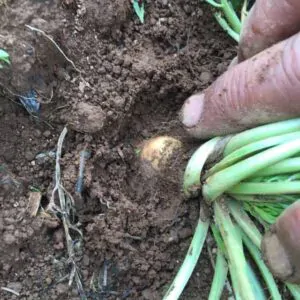
| Cookie | Duration | Description |
|---|---|---|
| cookielawinfo-checkbox-analytics | 11 months | This cookie is set by GDPR Cookie Consent plugin. The cookie is used to store the user consent for the cookies in the category "Analytics". |
| cookielawinfo-checkbox-functional | 11 months | The cookie is set by GDPR cookie consent to record the user consent for the cookies in the category "Functional". |
| cookielawinfo-checkbox-necessary | 11 months | This cookie is set by GDPR Cookie Consent plugin. The cookies is used to store the user consent for the cookies in the category "Necessary". |
| cookielawinfo-checkbox-others | 11 months | This cookie is set by GDPR Cookie Consent plugin. The cookie is used to store the user consent for the cookies in the category "Other. |
| cookielawinfo-checkbox-performance | 11 months | This cookie is set by GDPR Cookie Consent plugin. The cookie is used to store the user consent for the cookies in the category "Performance". |
| viewed_cookie_policy | 11 months | The cookie is set by the GDPR Cookie Consent plugin and is used to store whether or not user has consented to the use of cookies. It does not store any personal data. |